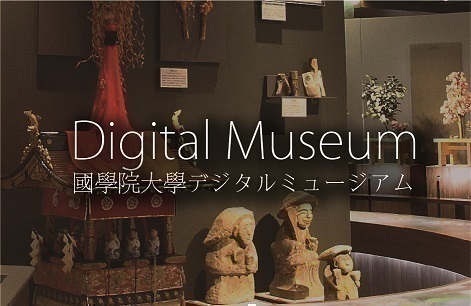- トップ
- Encyclopedia of Shinto
- Sannō Shinkō
Encyclopedia of Shinto
| Main Menu: | |
| Links: |
詳細表示 (Complete Article)
| カテゴリー1: | 6. Belief and Practice |
|---|---|
| カテゴリー2: | Shrines and Cultic Practices |
| Title | Sannō Shinkō |
| Text | The cult that began at Hiyoshi Taisha (Hiesha) at the foot of Mount Hiei. Originally, Sannō was the "mountain kami" (yama no kami) of Mount Hiei, but came to be worshipped as the protective kami of the Tendai (Chi. T'ient'ai) sect and of the temple Enryakuji. After the mid-Heian Period, when the temple Enryakuji developed as a kenmon (central land-owning institution) temple complex, imperial court devotion to Hiesha increased. Courts such as that of Enyū emperor (reigned 969 ~ 984) conducted occasional festivals there and finally recognized Hieisha as one of the "Twenty-two Shrines" (nijūnisha). Moreover, from the end of the Heian Period through the medieval period, Hieisha became as popular as "Kumano's Three Peaks" (Kumano sanzan) as a pilgrimage site (sankei) among everyone from emperors and retired emperors to aristocrats and commoners. At the beginning of the medieval period, along with the popularity of belief in "child deities" (dōji) and "offspring shrines" (wakamiya), the popularity of Jūzenji shrine (currently called Jugegū – one of Sannō's seven main shrines) surpassed that of Hieisha's Ōmiya shrine in which Hiesha's principle "enshrined kami" (saijin) is worshipped. As the protective deity of Tendai temples and of Enryakuji or Hiesha's land holdings, Sannō "emanations" became worshipped (bunshi) throughout Japan resulting in the further spread of the cult of Sannō. Because Hiesha is located to the northeast of Kyōto, it became regarded as a guardian against the evil spirits entering the capital from "demon gate" (kimono) northeastern direction, and as a result sacred images (shinzō) of divine monkeys believed to be Sannō's "divine messengers" (shinshi) were enshrined in the northeastern corner of the Heian imperial palace. See also Hiyoshi Taisha. — Satō Masato |




